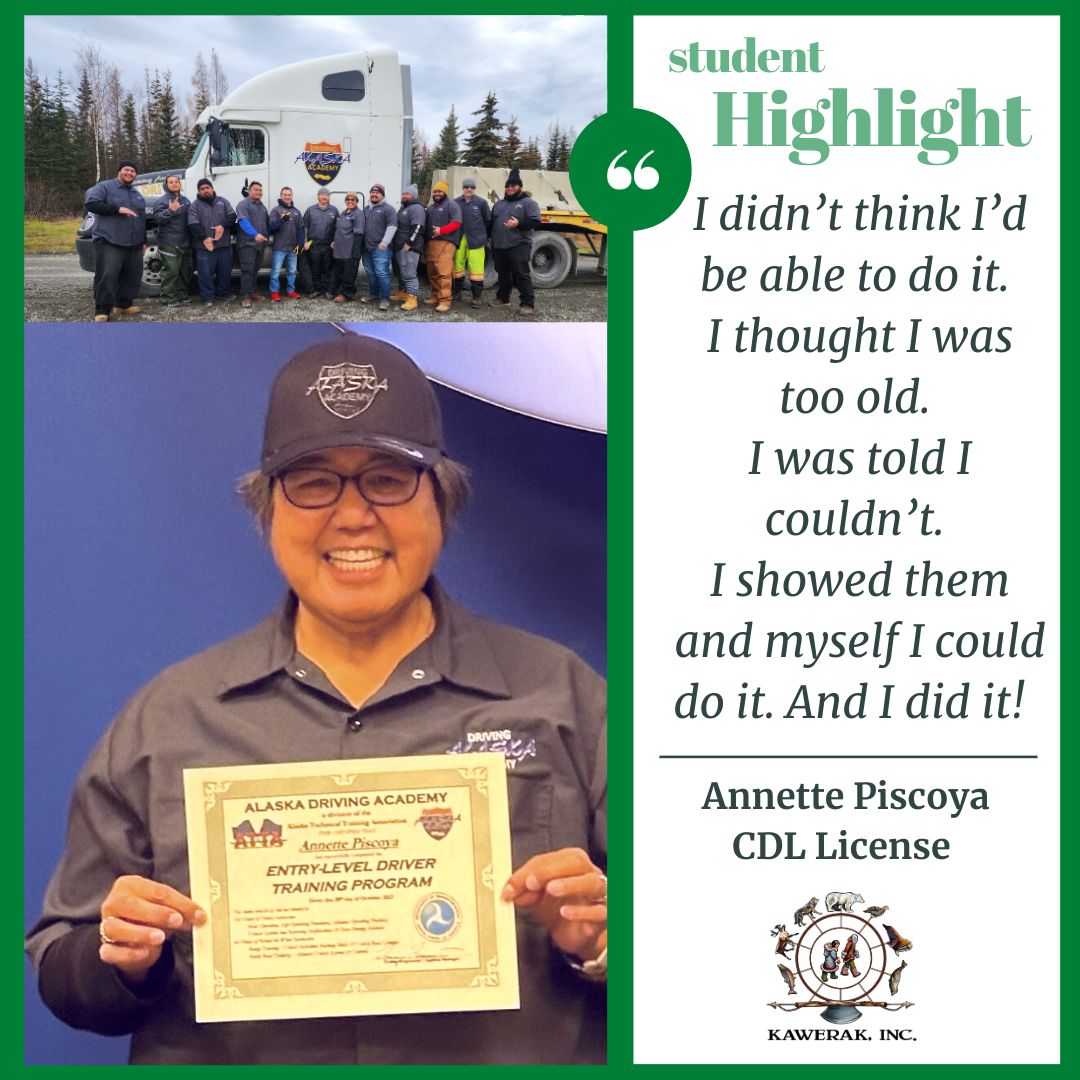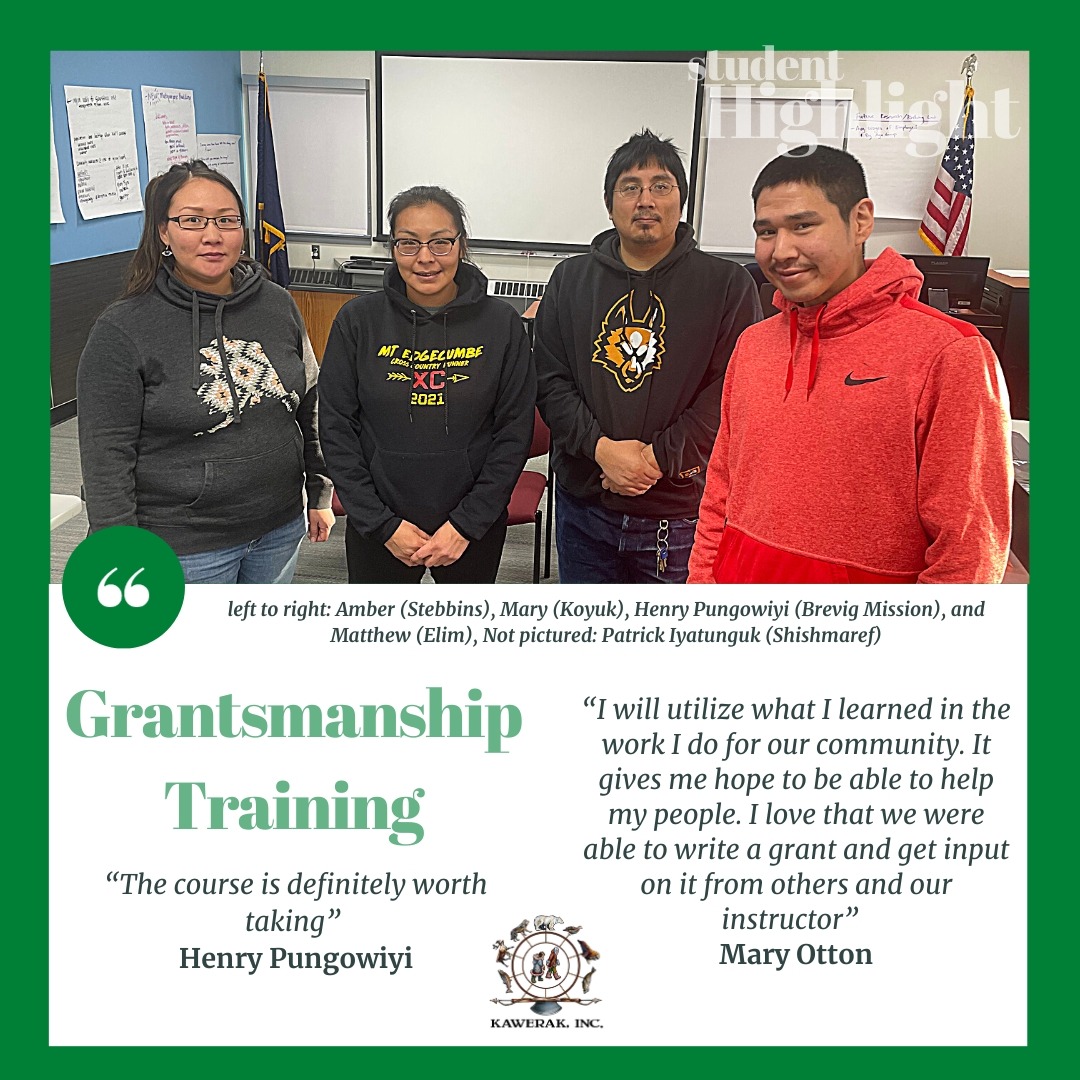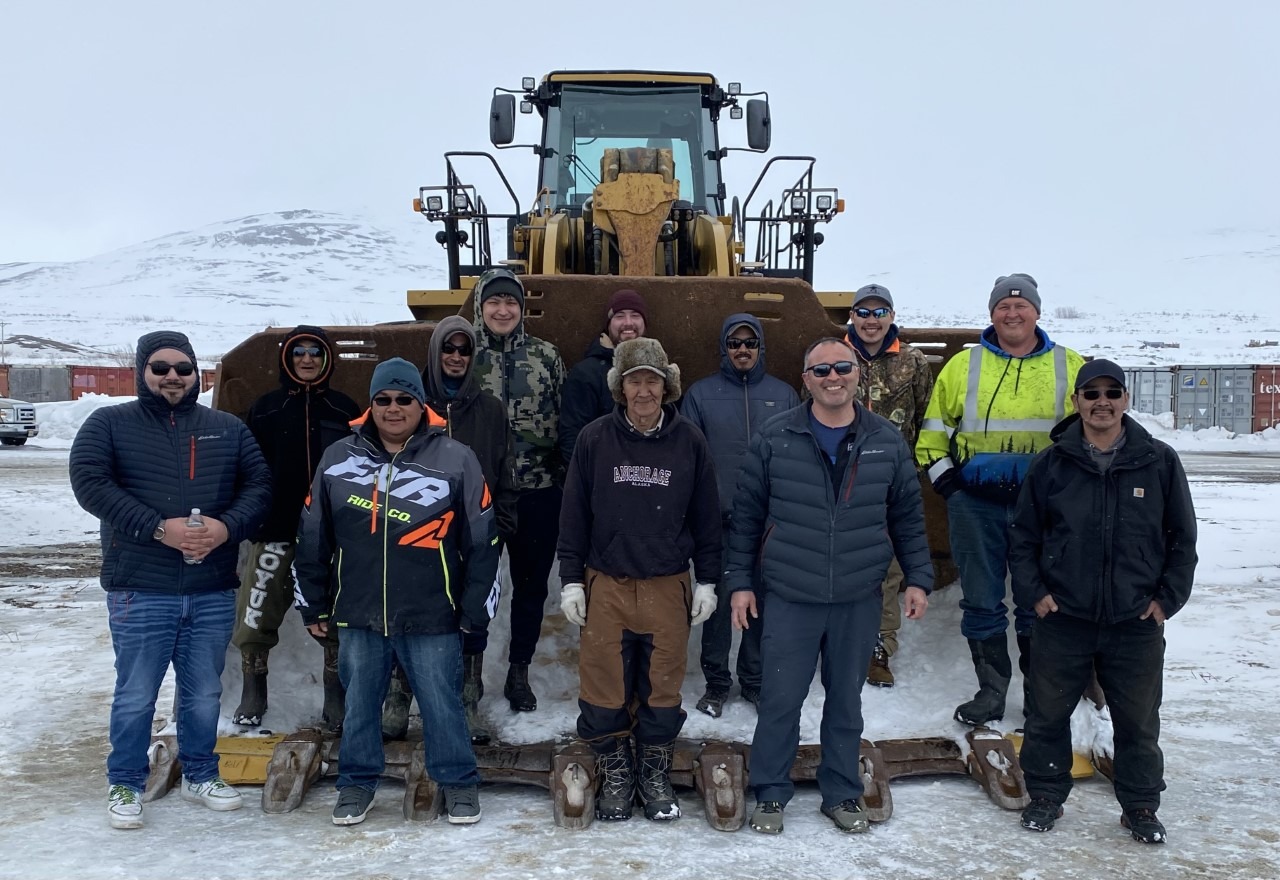When everything tells you that you can’t do it – remember you CAN!
Annette Piscoya took 3 years to pursue her interest in truck driving because for a while, the “can’ts” held her back. ” I didn’t think I would be able to do it. I thought I was too old. I was told I wasn’t going to be able to put on the truck chains,” Annette reflected. “But when I was challenged and was told I couldn’t, I decided then I was going to show them I could do it. It’s not hard once you learn, and you’re never too old to learn stuff. I can do it. I am going to show them I can do it.” And so she did, and did it well.
Annette last month graduated from the Alaska Driving Academy’s Entry-Level Driver Training Program in Soldotna, Alaska. She now has her CDL and can drive truck – something she wanted since she saw her dad pulling home for lunch in his big semi-truck when she was a little girl. “I used to run into his truck and look around. It was so big. My dad taught me how to use my mirrors as I got older – A good truck driver always uses their mirrors to back up.”
When asked why she didn’t get into truck driving earlier, she said life steered her in another direction and she spent almost 26 years as a Customer Service Agent at Alaska Airlines. After retiring from the job, she found herself thinking back to driving truck. After getting through three years of talking herself out of it, she set her mind to it in February and started the process of filling out paperwork and completing the pre-requisites. Luckily she already had a clean driving record and background, as well as her drivers license. From there she studied and took the CDL permit, got her medical card in Anchorage, and applied for financial support to CIRI (her native corporation), NSEDC and Kawerak. She was accepted and enrolled in August, and started the course in September. “Sort your paperwork out three months before you go. It’s much better to get through the process with less stress,” Annette recommends.
About the class
The Alaska Driving Academy class was 4 weeks long, Monday to Friday. “The first week of class was the most intense training that I’ve went to. I would wake up at 5am to be at class by 6:15. Although class didn’t start until 7am, if got to class by 6:30 I would be able to practice daily quizzes/tests. With the practice tests I was more ready for the test.” It was a commitment to get there early, but her consistency earned her a 99.1% grade in her class work. In addition to the extra time in the morning, when class got out at 4pm her day was still far from done. After an hour and a half for dinner and a nap, she was back to the books to do homework until 8 or 9pm. “It sounds like a lot and it was, but after going through the first week it got easier because I got the hang of it so it started to take less time,” Annette said.
The driving was her favorite part, aside from the people. She was able to drive 2 hours a day in second and third weeks of class, learning how to operate the semi truck. It was a good challenge for Annette, and a great feeling to accomplish what she set out to do. “And the people were amazing,” said Annette. “The 12 of us in class supported each other, the instructors supported us, and questions were answered by instructors or school mates. It was all teamwork to get everyone licensed. The instructors wanted everyone to succeed.”
Support for Success
Speaking of success, Annette has a lot of gratitude to those that supported her in this new path. “I would like to thank my husband Kooper Piscoya and aunt Dolly Kalerak for supporting me. Also my native corp (CIRI) and Kawerak’s Employment and Training Department, as well as Norton Sound Economic Development Corporation. CIRI gave me $5,000, NSEDC gave me $1500 and Kawerak covered what was left for me to pay of my tuition, accommodations as well as a stipend for food. Although I was willing to take out student loans to make this happen, the support made it so I didn’t have to worry about money.” Annette also mentioned for those interested you could also check out the State of Alaska vocational training funds for support as well.
“The Alaska Driving Academy was great for getting your CDL, in my opinion,” commented Annette. “The instructors are good and there’s good hands-on time. They met with you one on one each day so you knew where you needed to improve to get better and pass. We even were able to get time to get our TWIC card (needed for driving at the port) after we passed our CDL test.”
Looking to the Future
When asked about what’s next Annette said, ” I applied for Bonanza Fuel and just had my interview. We will see what happens with that for the winter. I know they need CDL holders next summer in Nome with the port expansion and graphite mine. I heard they were short drivers this past summer. I would love to drive a dump truck all day so I will look into that next summer.”
Advice to Others
“The most important thing for people going to training out of high school or college is to make sure your criminal history is good,” said Annette. “Stay on track and don’t get in trouble so you get hired. Be on time, show up, be accountable. I was taught to stay the straight line…you have to have that to succeed. Stay sober. I have been sober for 34 years, and without that I don’t think I would be where I’m at today. You can do anything you want. if you stay sober and have a clean record.”
Annette said if you want any other advice or want more information about the course you can reach out and find her. 🙂 Kawerak’s Employment and Training Department is also always willing to assist. Whether you dream of driving trucks or some other employment goal, we are here to support you. We can provide assistance to identify resources, scholarships, support check-ins, training, employment assistance AND MORE! We are motivated if you are. You can check out the services online at kawerak.org (Employment and Education section) or give us a call at 1-800-450-4341.





